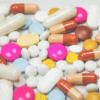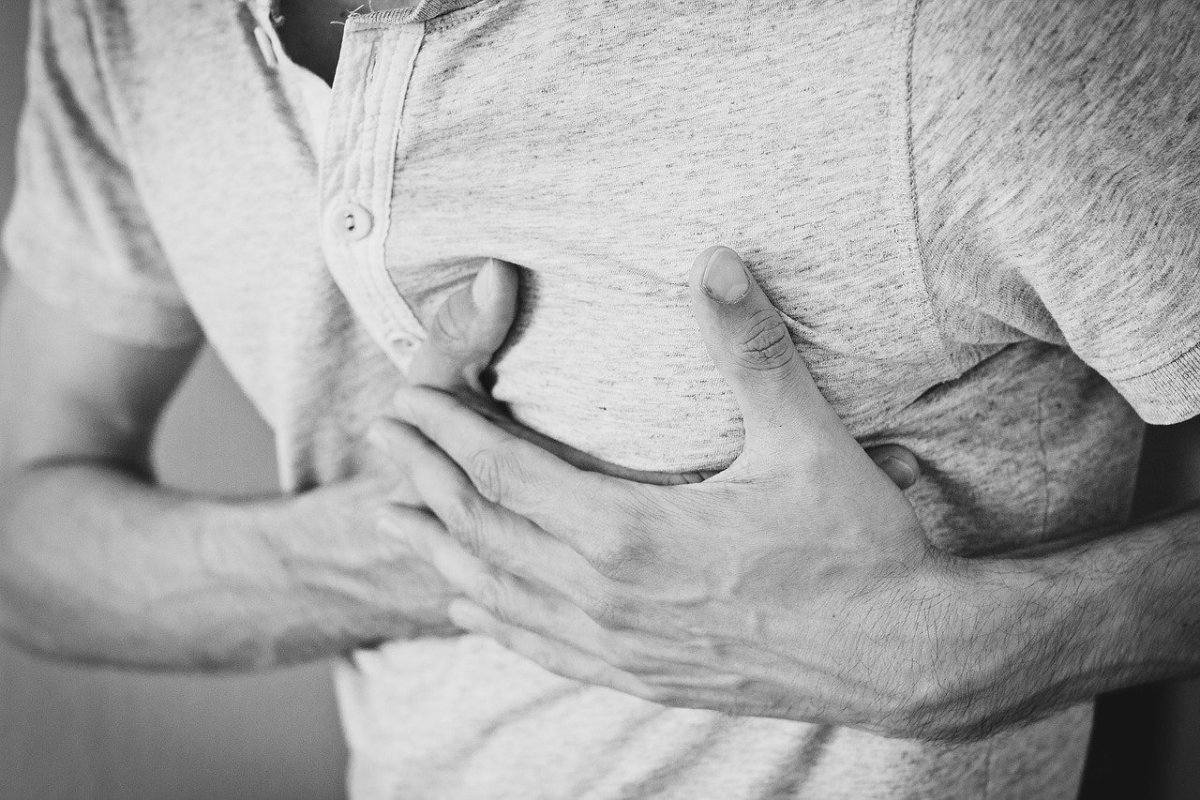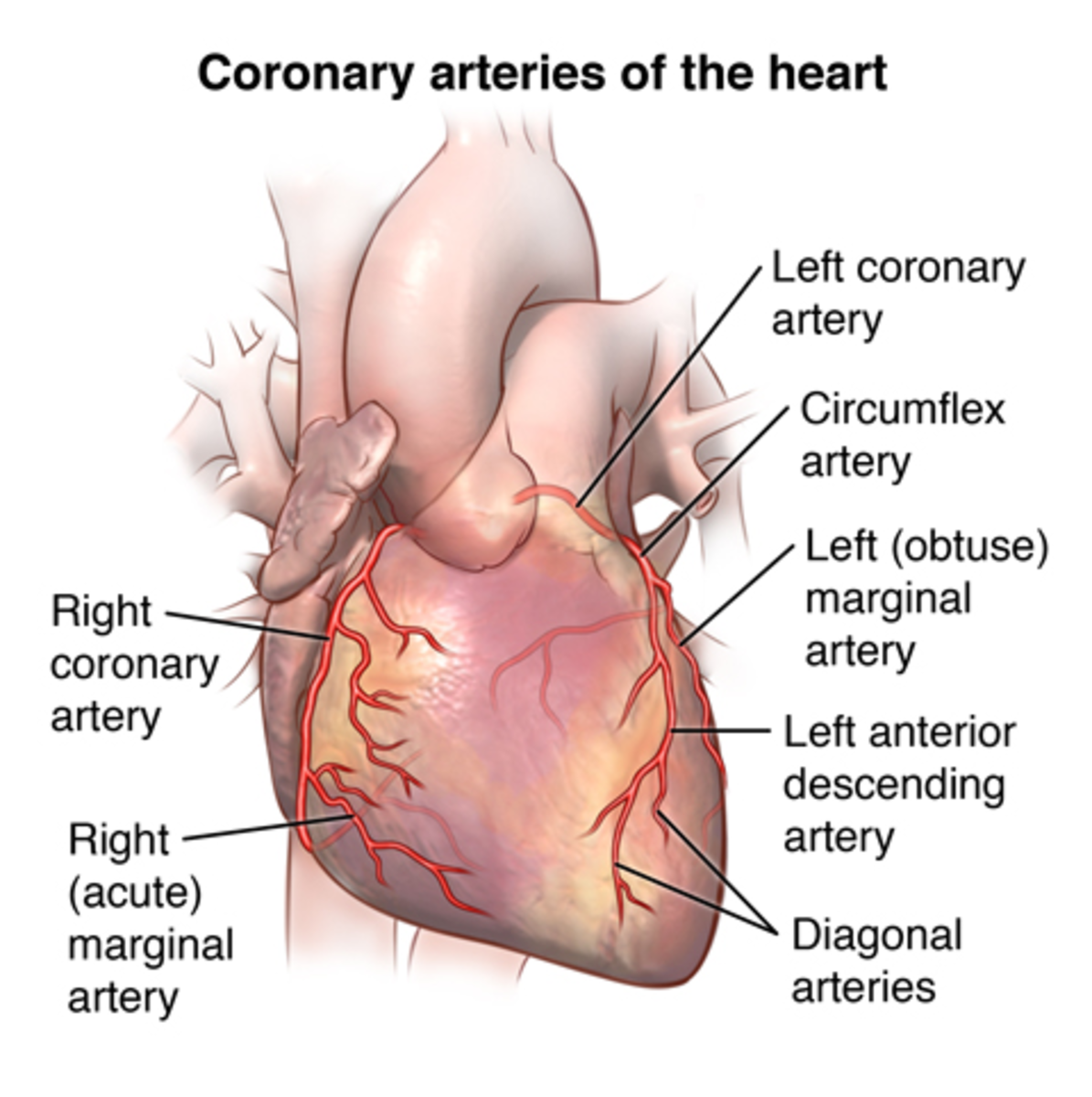Cardiovascular Disease, Ischemic Heart Disease
Occurrence of the Disease
Ischemic Heart Disease
This is the commonest type of heart disease that occur in individuals especially in the U.S. also known as Coronary heart disease. this disease is reported to be the leading cause of death worldwide. Additionally the disease is responsible for death of 600, 000 individuals in the U.S. each year.
Etiology and Pathophysiology
The most common cause is atherosclerosis of coronary arteries; in addition to arterial spasm, thrombi, as well as coronary embolism (rare) by ostial narrowing because of luetic aortitis.
Myocardial ischemia can also occur if myocardial oxygen demands are abnormally increased, as in severe ventricular hypertrophy due to hypertension or aortic stenosis.
A reduction in the oxygen-carrying capacity of the blood, as in extremely severe anemia or in the presence of carboxyhemoglobin, is a rare cause of myocardial ischemia. Not infrequently, two or more causes of ischemia will coexist.
Clinical Features of Ischemic Heart Disease
Symptoms
The commonest symptom of ischemic heart disease is angina pain. This is described as a sharp chest pain that occurs when an individual’s heart tends to lose supply of blood. Individuals may experience heaviness, burning and sharp piercing pain on the chest. There can be shortness of breath, choking and dizziness because of ischemic heart disease. On the other hand, an individual may encounter rapid and irregular pulses
video case study: Ischemic heart disease
Disease Summary
- Ischemic Heart Disease is also known as Coronary heart disease
- This disease is often caused when the arteries that supply the heart muscles block
- The commonest symptom is angina pain
- The disease is linked to lifestyle risk factors
- Balloon angioplasty, intracoronary stenting, and laser ablation forms management mordalities
TREATMENT
There are various interventional treatment modalities directed towards ischemic heart disease. Among the famous methods are, balloon angioplasty, intracoronary stenting and laser ablation used to penetrate the plaques and burn them. Other methods of treatment include rotational atherectomy, directional atherectomy and extractional atherectomy that aims at removing the plaque manually. Pharmacologic treatments include administration of calcium channel blockers e.g. verapamil and nifedipine. Anti-platelet agents like heparin and warfarin sodium. Beta blockers such as propranolol can also be used to manage the disease.
However, lifestyle modification remains one of the best ways to prevent ischemic heart diseases. Consumption of foods rich in high levels of cholesterol should be avoided. Additionally, cigarette smoking and consumption of alcohol should be avoided.
Animation Disease Summary
PROGNOSIS
The main prognostic indicators in patients with IHD are the functional state of the left ventricle, the location and severity of coronary artery narrowing, and the severity or activity of myocardial ischemia.
On cardiac catheterization, elevations in left ventricular end-diastolic pressure and ventricular volume and a reduced ejection fraction are the most important signs of left ventricular dysfunction and are associated with a poor prognosis








